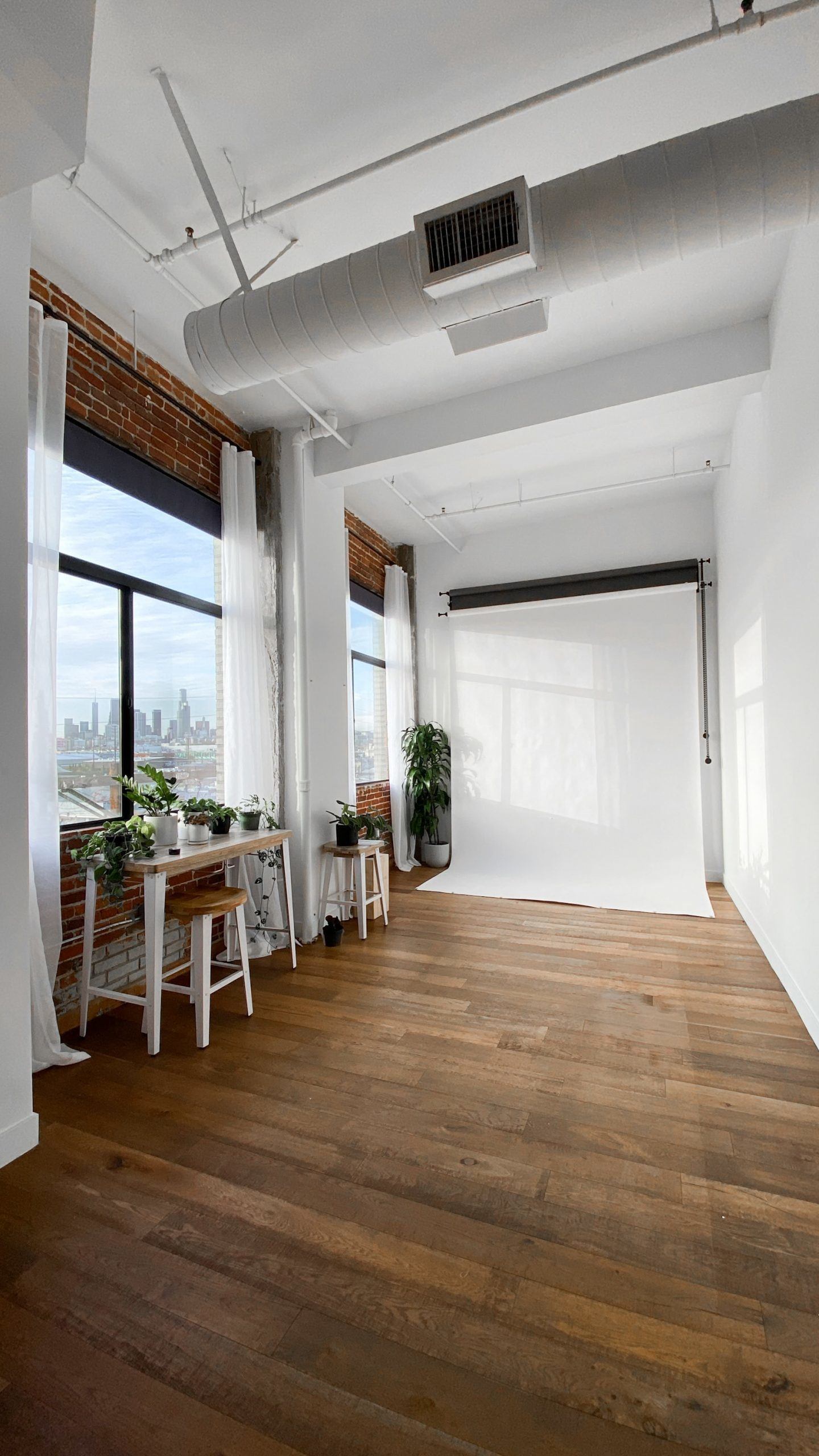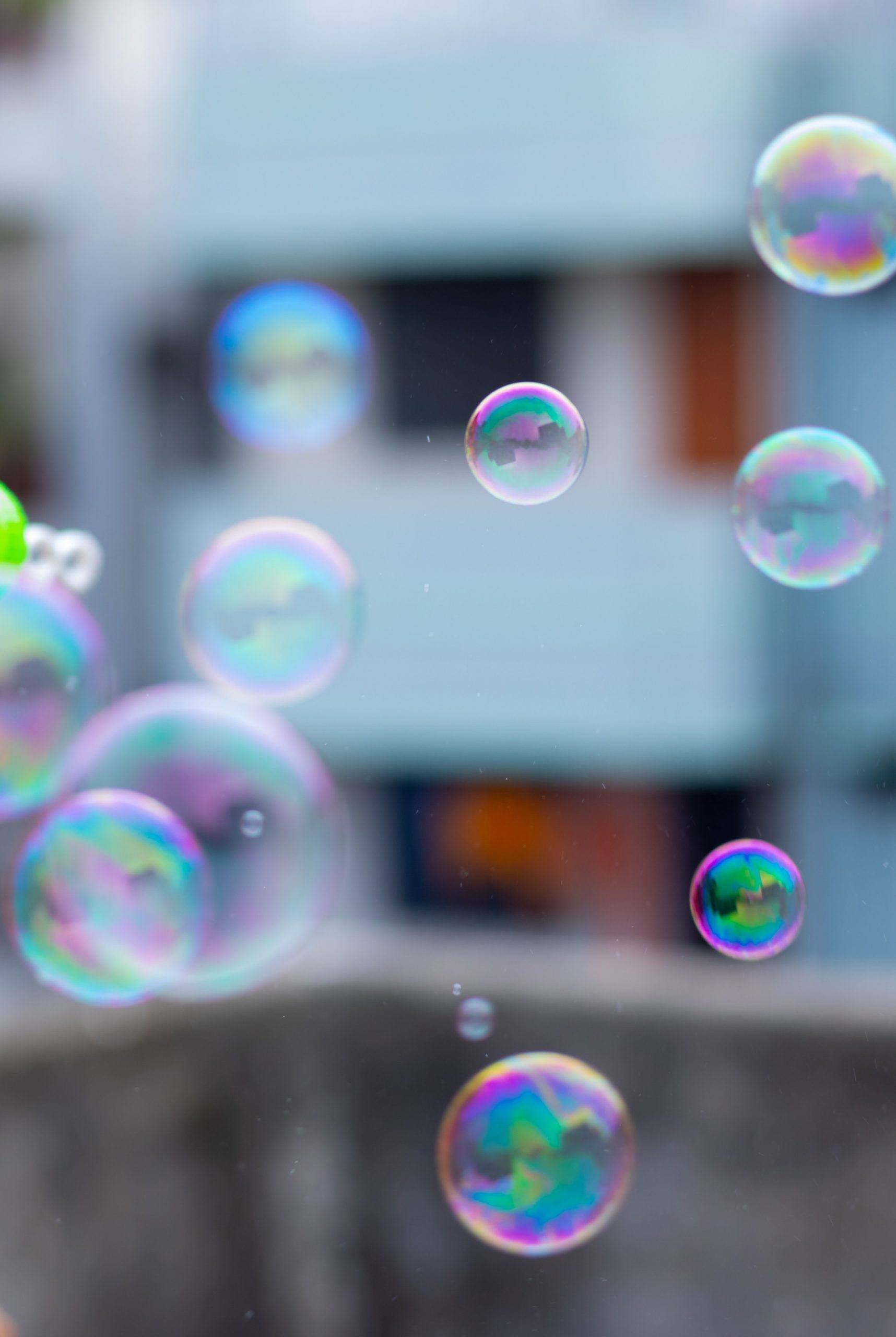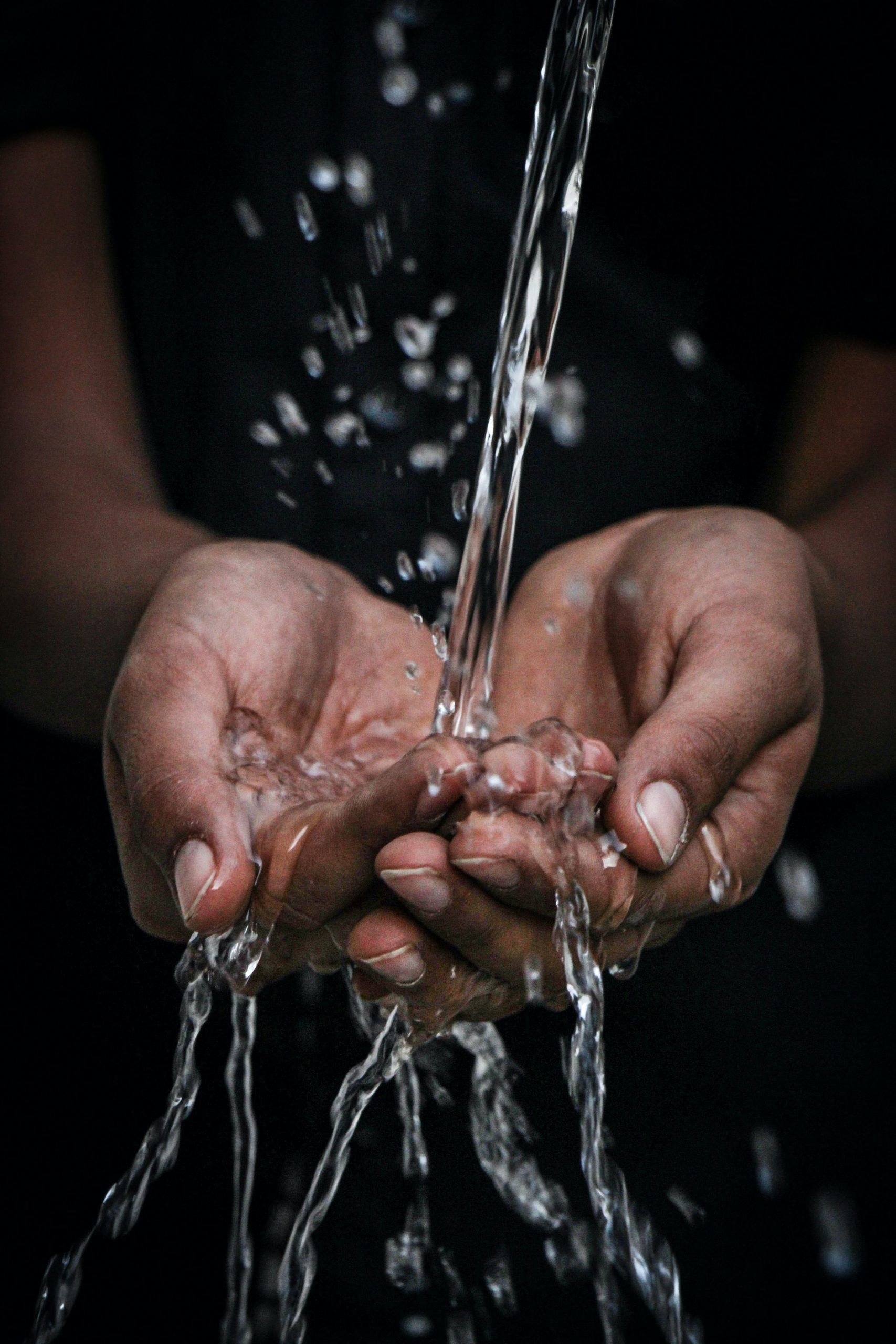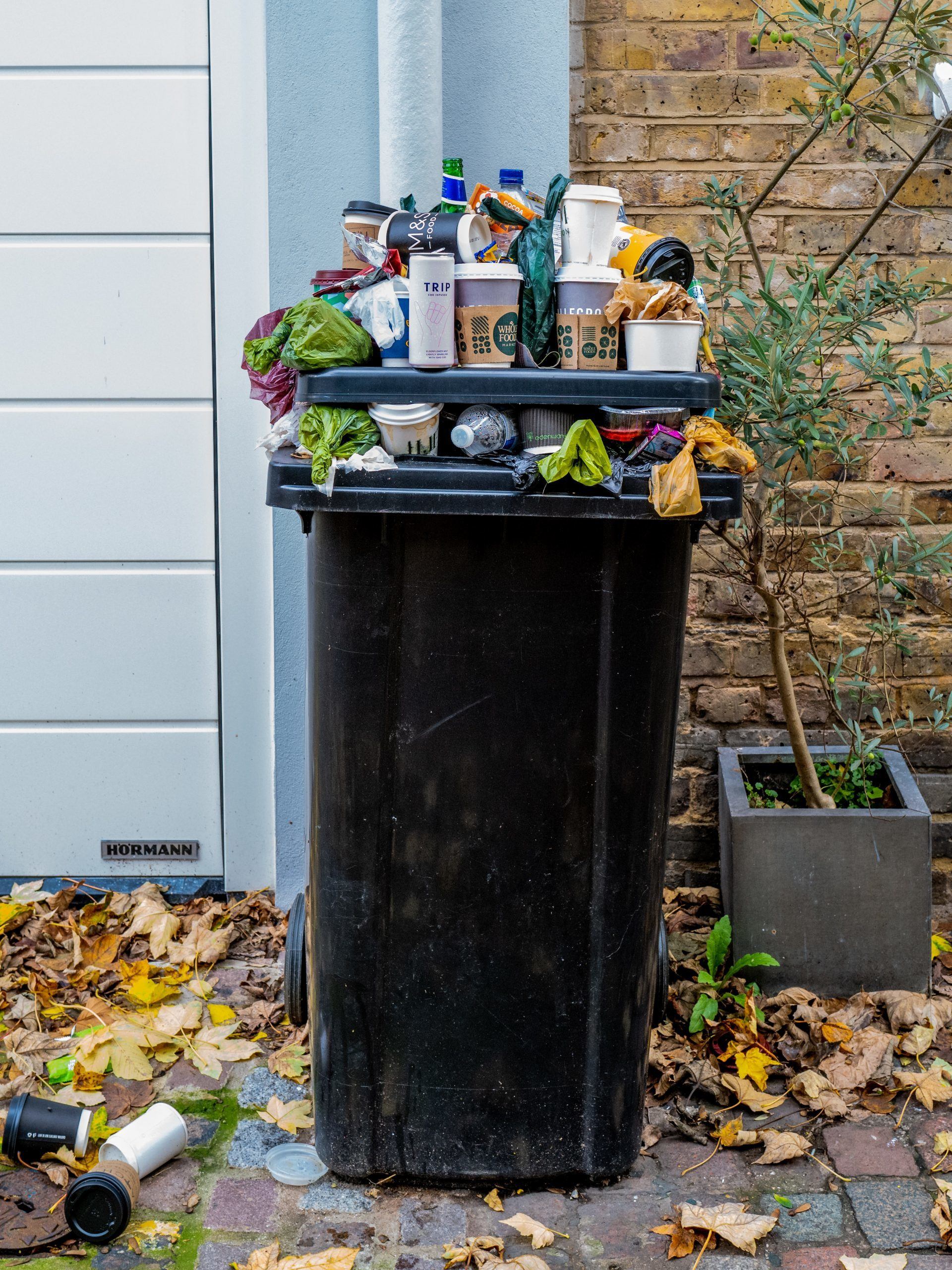Should I Clean my HVAC Ducts?
Should I Clean my HVAC Ducts?
We all want to have clean rooms, windows, and nice fresh paint and decor. But what about those spaces behind the walls and ceilings, like the HVAC ducts? You would think that accumulated dust in HVAC ducts would be a major health concern. Surprisingly….in most cases it isn’t.
There is a big discrepancy between the EPA (with whom I found knowledgeable websites such as bobvila.com and thespruce.com concur) and the NADCA (National Air Duct Cleaners Association), including all the companies they represent. Let’s lay out the facts, people! The EPA has posted a very informative article about whether to have your ducts cleaned, and there are only 3 scenarios where it is recommended:
There is substantial visible mold growth inside hard surface (e.g., sheet metal) ducts or on other components of your heating and cooling system.
Ducts are infested with rodents or insects.
Ducts are clogged with excessive amounts of debris or dust, and it’s being released into your home through the vents.
Other than these situations, chances are that the dust in your ductwork is of the normal variety and quantity, and cleaning in these cases hasn’t been proven to improve air quality. This stands in stark contrast to advice from the NADCA, through which many companies profit by accreditation and work. The NADCA (which on their site is now called The HVAC Inspection, Cleaning and Restoration Association) used to recommend that ducts should be cleaned every 3-5 years, and this information was disseminated via all their members (accredited duct cleaners with their own companies and websites). Now it says that frequency of cleaning depends on homeowner considering:
smokers in the household
pets that shed high amounts of hair and dander
water contamination or damage to the home or HVAC system
residents with allergies or asthma who might benefit from a reduction in the amount of indoor air pollutants in the home’s HVAC system
after home renovations or remodeling
prior to occupancy of a new home.
If your ducts land in one of the EPA’s criteria (mold, pests, excessive debris), then your decision should lie between cleaning and replacement of the system. If your ducts don’t have these conditions, keep reading!
First of all, duct cleaning isn’t cheap! The estimate could range between $450 to $1000 (according to the EPA). If you encounter a “coupon” that enables you to have your system cleaned for much lower price (like $50), beware, because these companies are jokingly referred to as “blow and go”, meaning they are unaccredited and often pressure or scare homeowners into adding more expensive services once they are inside.
Duct cleaning should include the entire system, not just the ductwork, because if excessive dirt is found in the ducts, the air handler and evaporator will have the same issue. The professionals you hire should have knowledge of the entire system, and it should take two professionals three to five hours to clean the entire system of an average home. Thespruce.com includes a checklist of items to be covered.
Cleaning ducts has its risks. Some areas of ductwork may require access holes to be cut, which need to be properly sealed after the cleaning. Cleaning flexible ducts carries the risk of puncture or tears, which exposes your air pathways to heavily-dusty areas like the attic. Also, if portable suction equipment used does not have the proper filters or they are not clean, then dusty air can be released back into your home. For this reason, it’s important to only hire professionals that have been accredited by the NADCA and follow their guidelines.
Extra services offered, like biocides that kill mold or bacteria, and sealants that encapsulate debris to keep it in place, also have risks. Biocides should only be applied to non-insulated areas, and be approved by the homeowner according to their tolerances and chemical sensitivity. Sealants have been shown in general not to be applied evenly over surfaces (leaving gaps) and may degrade over time, releasing more particles into the air. According to the EPA, “Most organizations concerned with duct cleaning, including EPA, NADCA, NAIMA, and the Sheet Metal and Air Conditioning Contractors' National Association (SMACNA) do not currently recommend the routine use of sealants to encapsulate contaminants in any type of duct.”
There are many other sources of dust than what is coming out of your HVAC system. Most of it is coming in from the outside on clothing, pets, and mainly air leaks in the house. If you live by a road with high traffic or a dusty gravel road, or have one or more pets, those will have much more impact on the particles you breathe in. This study also shows that 90% of the ultrafine particles in the air of 40 houses and apartments in Germany, were from cooking, baking and toasting. These ultrafine particles are the most concerning for health because they can penetrate deep into the lungs and even the bloodstream.
At HypoAir, we tend to advise not “throwing the baby out with the bathwater”, meaning, let’s not go overboard in recommendations to tear out the entire HVAC system, house, etc. when you find a problem! However if you do find mold in your system, let’s go back to recommendations on the lifespan of HVAC systems in general. The industry recommends replacing HVAC systems every 10-15 years. If you are in a home with a system older than that, it may be more cost effective to put money budgeted for cleaning ducts toward a totally new system–and of course, starting over with new ducts is way better than cleaning old ones.
(How to tell the age of your AC: go to the outside unit and use your phone to snap a picture of the manufacturer’s plate on the backside (side facing the wall). If it doesn’t have a legible date, there are ways to tell from the model number. )
So, if you’ve determined your HVAC is young enough to keep for a few more years, and don’t have mold/pests/excessive debris in your ductwork, it’s best to redirect your energy and budget away from duct-cleaning, to tackle the bigger sources of dust or allergens through elimination or mitigation (often you can do 2 or 3 of these for the price of duct-cleaning!). Here are some examples (many of our blog posts cover them):
Invest in a good HEPA filter and/or air purifier, at least for the area(s) of the home in which you spend the most time (portable ones can cover multiple areas)
Make sure that the ventilation hood over your cookstove is powerful enough to remove all the vapors released (and make sure to use it regularly!)
Seal up air leaks around doors, windows and outlets
If you live in an area with high outdoor pollution, consider adding a heat exchanger ventilation component so that you can get fresh, filtered air through your HVAC
If you live in a low outdoor pollution area and like to open your windows, consider adding anti-pollen screens to some or all windows to reduce dust and pollen inside.
Change your furnace filter regularly with the best one you can afford (and your system is rated for).
Brush and bathe your pets regularly to reduce dust in their fur.
I hope that this article helped you to consider all the options when presented with HVAC duct-cleaning. It certainly educated me in writing it!
Photo by Garin Chadwick on Unsplash













